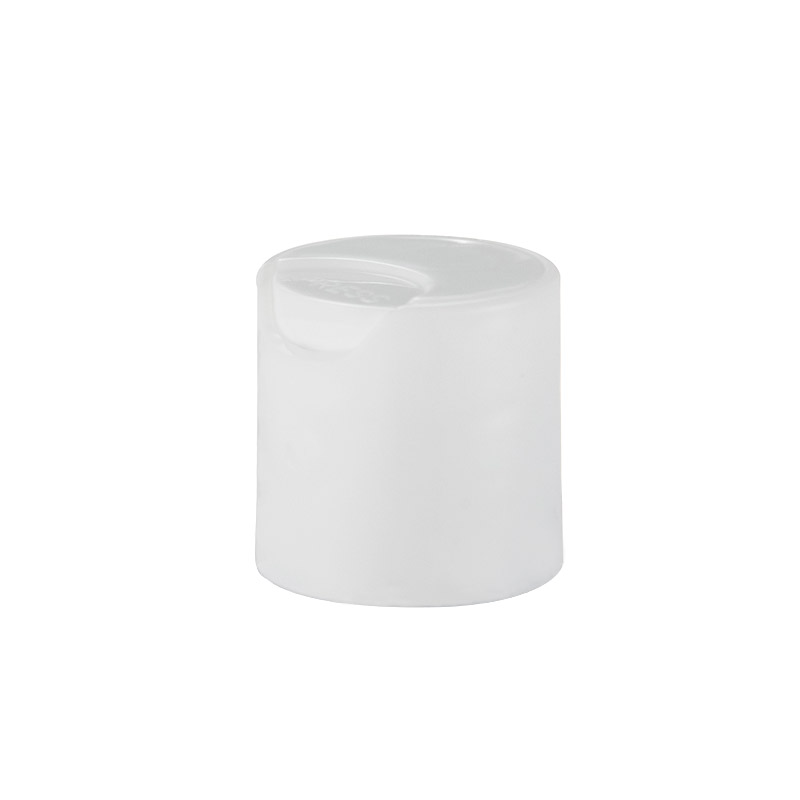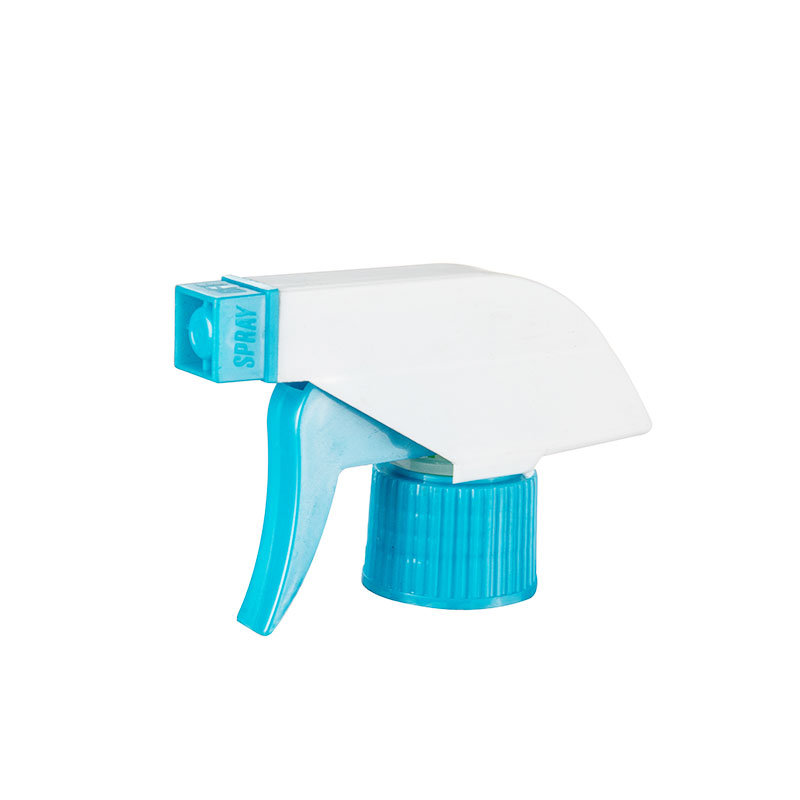Advantages of Plastic Dispenser Pumps
Date:2022-07-13
The most common type of dispensing pump is the plastic dispenser. Plastic dispenser pumps have multiple functions. First, they are used to dispense a liquid by pressing the actuator. Next, the liquid flows through the stem and actuator and out onto the hand of the consumer. Depending on the product's purpose and capacity, there may be a need for additional priming. However, if you are planning to purchase a large quantity, colour matching is the best option.
Another advantage of plastic pumps is that they require very little maintenance. As the plastics do not gall, they are easy to remove and re-use. Also, threaded plastic components can be easily unscrewed for reuse. Lastly, these pumps do not require any painting. These factors make them the best option for businesses looking to reduce their environmental footprint. To avoid adding more plastic to landfills, make sure to recycle your pumps.
The most common plastic components used in dispensing chemicals are polyvinyl chloride and chlorinated polyvinyl chloride. Both of these materials are highly resistant to acids, alkalies, and many other substances. But they are not suitable for chlorinated hydrocarbons or strong oxidizing acids. Moreover, they can only withstand a temperature of 210 degrees Fahrenheit. Those properties make them an excellent choice for wastewater treatment and laboratory service.
Pumps are often used in the manufacturing of liquids and can be found on many containers, such as bottles, jars, and tubes. Some pumps are metered or can be used to mix the contents of two or more sources. Some pumps are airless and have a locking mechanism, which allows them to be secured. You can also buy dispensing pumps in plastic if your product requires a premium quality. You will find a wide range of options with Pin Mao dispensing pump.
The main purpose of plastic pump is to handle fluids that could not tolerate metals. This material is inert, which means that it does not corrode or contaminate process fluids. Inertness is important in many fields, but thermoplastic pumps are likely to be inert to a wider range of fluids than metals. This versatility is one of its biggest advantages. So, if you're looking for a pump, it's best to choose one with the above properties.
In a typical plastic dispensing pump, the liquid is pulled from the bottle by air pressure, which pushes the ball into the chamber. When the consumer presses down on the actuator, upward air pressure draws the ball into the chamber. A spring returns the piston to the upright position, preventing the liquid from flowing back into the bottle. This initial cycle is called priming. It is important to remember that the plastic lotion pump has multiple components, including a spring, piston, and a locking mechanism.


 English
English 中文简体
中文简体 Español
Español عربى
عربى











